Étienne Simon
Compositional Generalization with Grounded Language Models
Jun 07, 2024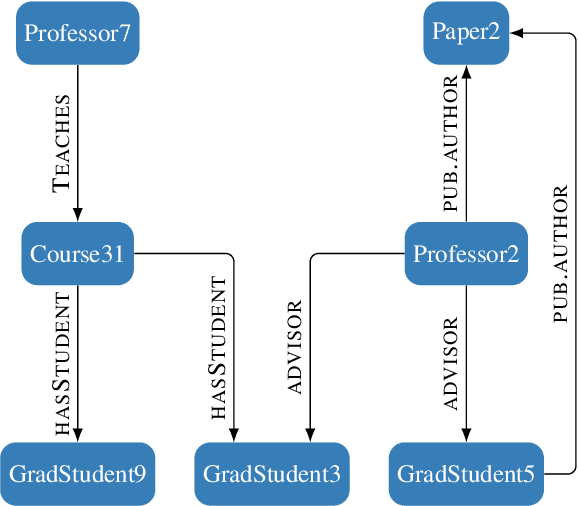
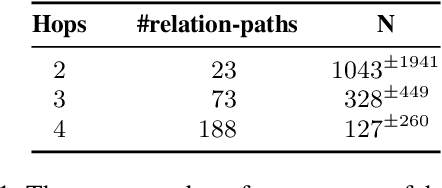
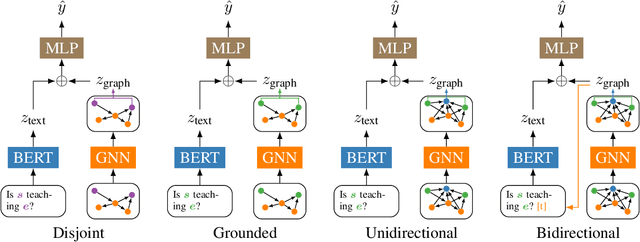
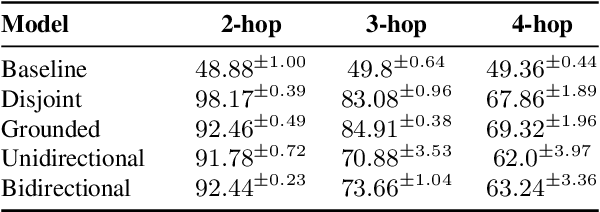
Abstract:Grounded language models use external sources of information, such as knowledge graphs, to meet some of the general challenges associated with pre-training. By extending previous work on compositional generalization in semantic parsing, we allow for a controlled evaluation of the degree to which these models learn and generalize from patterns in knowledge graphs. We develop a procedure for generating natural language questions paired with knowledge graphs that targets different aspects of compositionality and further avoids grounding the language models in information already encoded implicitly in their weights. We evaluate existing methods for combining language models with knowledge graphs and find them to struggle with generalization to sequences of unseen lengths and to novel combinations of seen base components. While our experimental results provide some insight into the expressive power of these models, we hope our work and released datasets motivate future research on how to better combine language models with structured knowledge representations.
Theano: A Python framework for fast computation of mathematical expressions
May 09, 2016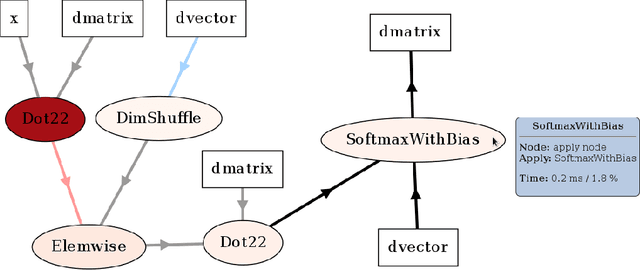
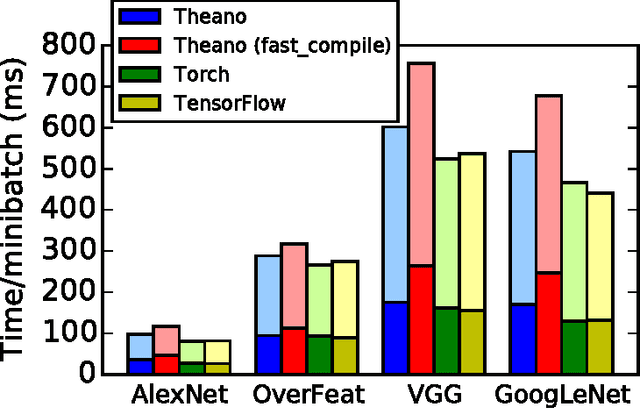
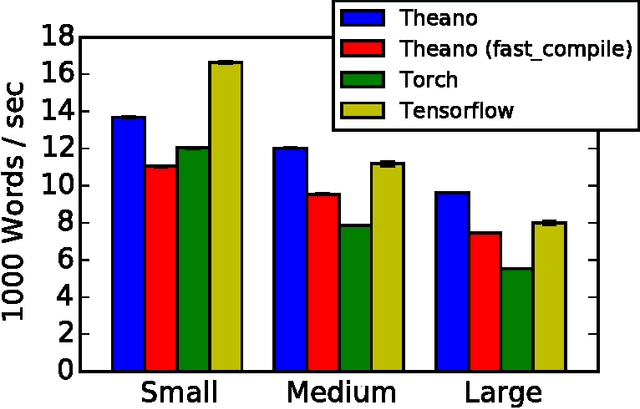
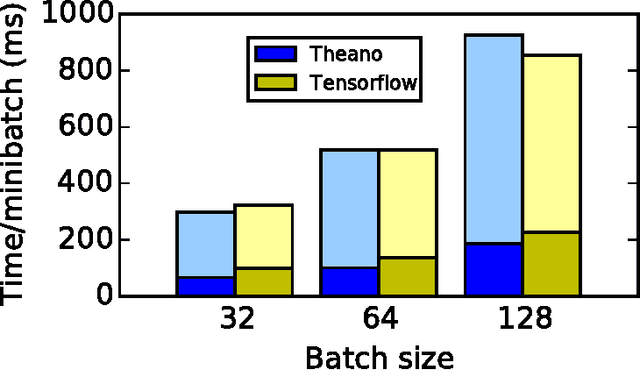
Abstract:Theano is a Python library that allows to define, optimize, and evaluate mathematical expressions involving multi-dimensional arrays efficiently. Since its introduction, it has been one of the most used CPU and GPU mathematical compilers - especially in the machine learning community - and has shown steady performance improvements. Theano is being actively and continuously developed since 2008, multiple frameworks have been built on top of it and it has been used to produce many state-of-the-art machine learning models. The present article is structured as follows. Section I provides an overview of the Theano software and its community. Section II presents the principal features of Theano and how to use them, and compares them with other similar projects. Section III focuses on recently-introduced functionalities and improvements. Section IV compares the performance of Theano against Torch7 and TensorFlow on several machine learning models. Section V discusses current limitations of Theano and potential ways of improving it.
Artificial Neural Networks Applied to Taxi Destination Prediction
Sep 21, 2015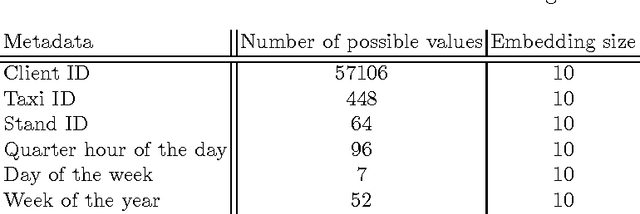
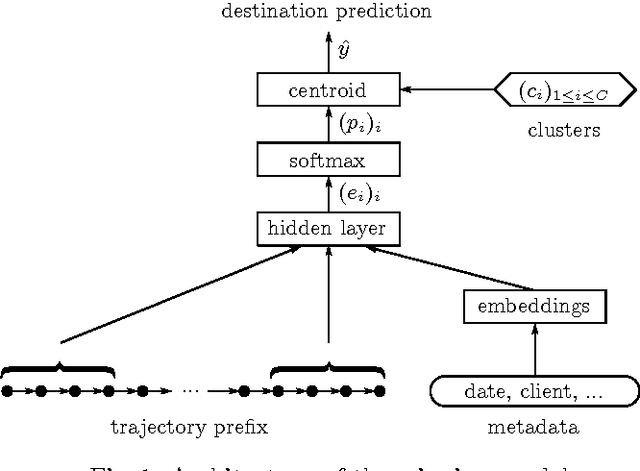

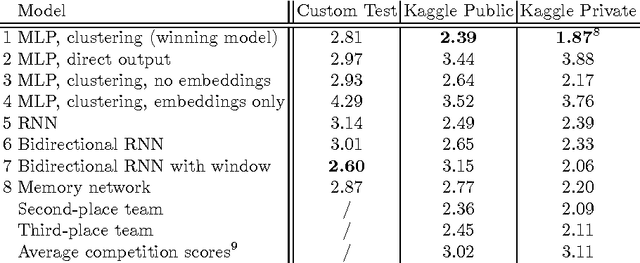
Abstract:We describe our first-place solution to the ECML/PKDD discovery challenge on taxi destination prediction. The task consisted in predicting the destination of a taxi based on the beginning of its trajectory, represented as a variable-length sequence of GPS points, and diverse associated meta-information, such as the departure time, the driver id and client information. Contrary to most published competitor approaches, we used an almost fully automated approach based on neural networks and we ranked first out of 381 teams. The architectures we tried use multi-layer perceptrons, bidirectional recurrent neural networks and models inspired from recently introduced memory networks. Our approach could easily be adapted to other applications in which the goal is to predict a fixed-length output from a variable-length sequence.
 Add to Chrome
Add to Chrome Add to Firefox
Add to Firefox Add to Edge
Add to Edge